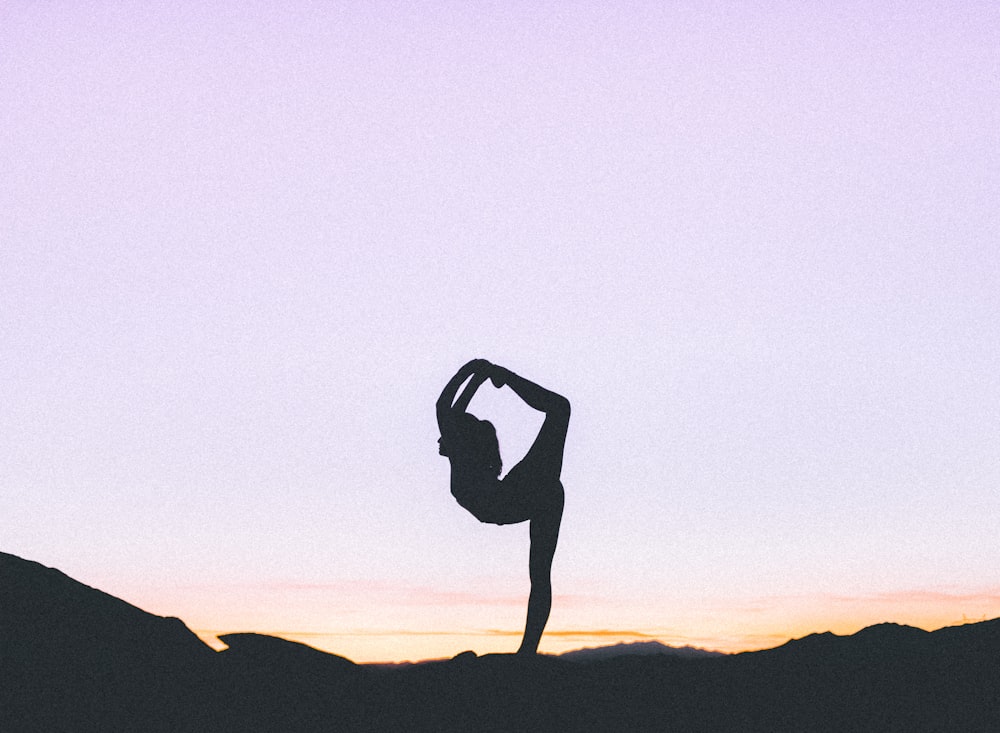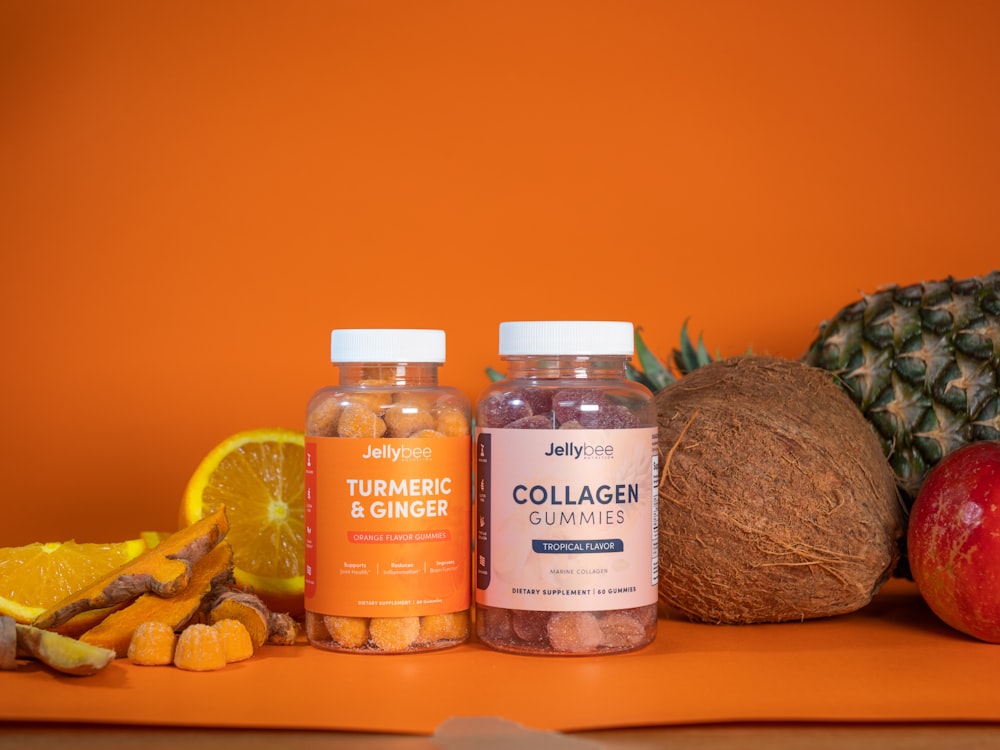
When you become more flexible, you also improve your range of motion, mobility, and fitness performance. Flexibility may seem to come naturally to your 12-year-old cousin. She appears to achieve the impossible when she’s dancing on stage or competing in gymnastics, and it’s fascinating to watch.
Benefits of flexibility include reduced risk of injury, improved fitness performance, better range of motion and mobility, less muscle soreness after exercise, prevention of chronic pain and better posture.
Fortunately, it isn’t too late for you to become more flexible, even as an adult. Whether your goal is to improve your overall health and fitness after years of being sedentary or improve your skills in your chosen sport or type of dance, you can do it. Below are 5 ways to become more flexible:
1. Stretching
Stretching is vital for a safe workout, sports game, dance session or fitness activity. It doesn’t matter how good you feel – never skip warming up or cooling down via stretching. I still remember my former dance teacher, who would typically tell us to stretch in our own time as she’d set everything up. Apart from a few risky movements, she would insist on for all of her own solo choreographies, I wouldn’t be surprised if this lack of stretching forced her into retirement years before she otherwise would have quit.
Stretching can be static, dynamic or ballistic. Static stretching involves holding a part of your body to its maximum safe range of motion (ROM), and holding it for at least several seconds. Dynamic stretching includes constant movement through that ROM, while ballistic stretching uses rapid movement that bounces you within the ends of your ROM.
The way that stretching works is by reducing the stiffness in your muscles and tendons, helping them to lengthen, as well as increasing your neurological tolerance to a greater ROM. Dynamic stretching appears to be the best type, as it is safe and doesn’t reduce muscle power. Static stretching, on the other hand, can cause a short-term drop in strength. Ballistic stretching’s rapid movements may cause injury as the muscles’ and tendons’ reflexes can’t stop you from over-stretching in time.
Here is an example of a dynamic stretching routine.

2. Yoga
Yoga is one of the best ways to improve your flexibility. Regular yoga practice can help you become more flexible, along with its stress-relieving and spiritual benefits. A study of 56 women between 50 and 79 years old tested the benefits of weekly Hatha yoga classes over five months, to see if the practice can improve flexibility at any age. Over time, yoga increased spinal and hamstring flexibility, and it didn’t matter how old they were.
Another trial set out to see if Hatha yoga could improve flexibility, alongside overall severity scores, in people with osteoarthritis. Compared to conventional therapeutic exercises, yoga practice led to double the increase in knee joint flexion (the ability to bend your knee). Overall disability, pain, walking time, swelling and tenderness improved more, too. Hatha yoga is the most commonly practised type of yoga in Western countries, so classes are accessible in most areas.
3. Foam Rolling
You may have seen foam rollers around as a way to soothe sore muscles after exercise, but they could also improve flexibility. A review of 21 trials found that using foam rolling as part of your warmup can give you a small but significant flexibility boost. While this was only a 4% increase, these differences can add up over time. Foam rollers didn’t help participants become more flexible when used after exercise, however.
4. Massage Therapy
The benefits of massage therapy include pain relief, a mental health boost, improved neurological function and better flexibility. Swedish (relaxation) massage can even be effective in this area, although it is less specific than forms of remedial massage therapy, which is more personalized.
A study of female athletes with tight hamstrings compared Swedish massage to superficial stroking, to see if it could enhance flexibility. This way, they could rule out any benefit from simple relaxation. The women received either treatment for seven minutes a day, over a period of five days, before taking a break for another five days. Only the massage therapy group found improved flexibility, including an 8-12% increase in passive straight leg raise scores. These benefits lasted for at least the five-day period after the massage ended.
Another clinical trial tested the benefits of calf massage in healthy college students with tight ankles. Here, a set of effleurage (like stroking, but hard enough to reach the fascia), tapotement (striking) and pressure techniques were compared to effleurage, friction and petrissage (kneading). Both groups saw an increase in measures of ankle flexibility, but friction and petrissage seemed to be the best combination.

5. Collagen Supplements
Around one-third of the protein in your body is collagen. It contributes to tissue flexibility and is found in your tendons, ligaments, bones and skin. Because of this, supplementing with collagen could help you to become more flexible. Exercises like stretching and yoga are great, but you need the building blocks for new muscle and connective tissue.
Your joints also make use of collagen, and while we focus on muscle and tendon flexibility, your joints play a role in flexibility too. As a student remedial massage therapist, I examine clients’ muscle and tendon flexibility using active ROM tests and then use passive ROM (where I move you) to test joint flexibility.
Clinical studies show that hydrolyzed collagen supplements can improve joint health, including this trial on osteoarthritis. People taking collagen experienced some relief of pain and stiffness, and better overall joint function. Greater benefits were seen in more serious cases of joint cartilage loss.
What if you don’t have arthritis, but just have joint discomfort? Another study tested undenatured type II collagen (UC-II) on volunteers who didn’t have arthritis but did get knee pain with exercise. After four months, their average knee extension improved from 73.2 degrees to 81 degrees, and they could walk further without discomfort. It is thought that part of UC-II’s effects came from its anti-inflammatory properties.
If you want to become more flexible, it’s not too late. Someone who’s not flexible at all could become more flexible once they start regularly doing yoga, for example. Significant improvements can be made.
Over time, seemingly small changes like yoga, warming up with stretches and a foam roller, using massage therapy and even taking collagen can add up. For extra support in changing your body for the better, consider a DNA test to better understand your body type, and how you can better achieve your fitness goals.

Comments are closed.